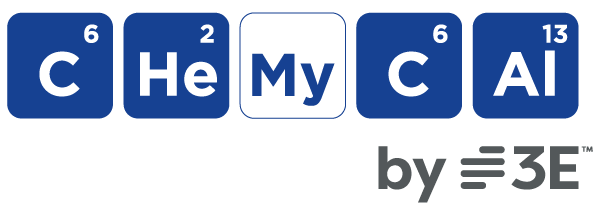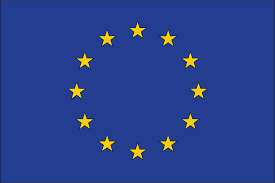On November 4, 2002, EU Scientific Committee on Consumer Safety (SCCS) released the final scientific advice on Triclocarban (CAS No. 101-20-2) and Triclosan (CAS No. 3380-34-5) in cosmetics.
Conclusion of the opinion:
In light of the information submitted via the call for data, the currently available scientific literature, relevant in silico tools and SCCS’ expert judgement and taking under consideration in particular the concerns related to potential endocrine disrupting properties, the SCCS is requested:
1. to identify and justify specific concerns regarding the safe use of Triclocarban and Triclosan in cosmetic products
Based on the safety assessment carried out in consideration of all available information, including the potential endocrine effects, the SCCS is of the opinion that:
For Triclocarban
- The use of triclocarban as a preservative in dermally applied cosmetic product is safe up to a maximum concentration of 0.2% for both children (0.5-18 years) and adults, when used individually or in combination.
- In addition to the preservative function, the use of triclocarban is also safe up to a maximum concentration of 1.5% in rinse-off product when used individually or in combination for both children (0.5-18 years) and adults.
- However, the use of triclocarban to a maximum concentration of 0.2% in mouthwash is not safe for adults and children and in toothpaste is not safe for children below 6 years old.
- This assessment does not include exposure of babies through wipes.
For Triclosan
- The use of Triclosan as a preservative at the concentrations reported in entry 25 of Annex V in dermally applied cosmetic product is safe except for body lotions, when used individually or in combination, for both adults and children (0.5-18 years).
- The use of Triclosan as a preservative in toothpaste is safe at the concentration of 0.3% when used individually for both adults and children (0.5-18 years) but it is not safe when used in combinations for children below 3 years old.
- For adults, the use of Triclosan as a preservative in mouthwash is safe at the concentration of 0.2% when used individually but not when used in combination. For children and adolescents, it is not safe at 0.2%, even when used individually.



